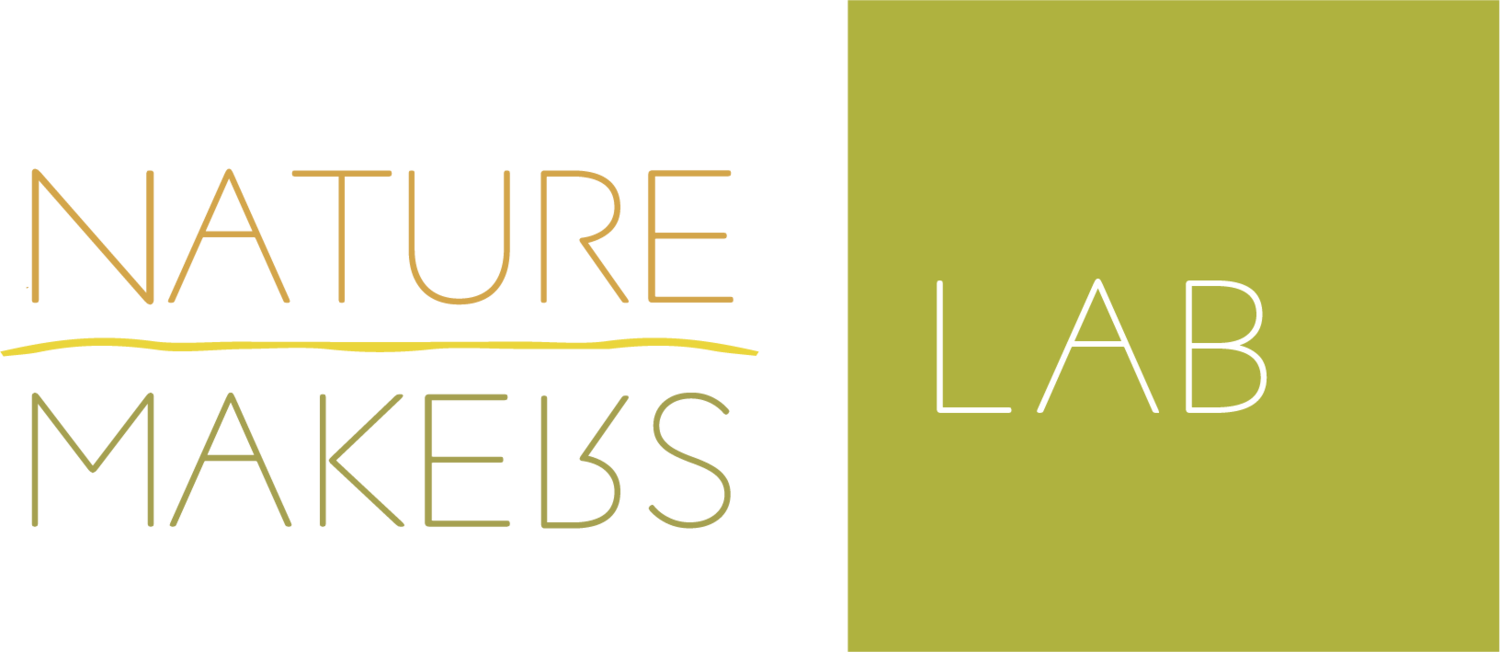Happy Birthday ICHK Forest!
Our first Miyawaki forest has made it to one years old!
It’s hard to believe that it has already been over a year since we planted our first Miyawaki forest with the enthusiastic students and teachers at ICHK Hong Lok Yuen. While the forest hasn’t grown as impressively as some Miyawaki forests around the world, it is now stable and doing well, with our tallest trees being over 2m in height (from just 30cm tall when planted!) and other trees are becoming bushier and greener thanks to all the summer rainfall Hong Kong has been blessed with over the past few months.
Some areas of the forest are doing much better than others, partly due to differences in species, sun and shade, as well as water retention due to the natural sloping of the land (as you can see, the left side of the path is much taller than the right).
With an 83% survival rate, we expect things only to get better from here on out. In fact, the forest floor has recently sprouted a great deal of young tree saplings that have either come from nearby hills or our mulch and compost. The area is already regenerating itself!
Some of the saplings that have self sprouted: Chinese Tallow (Triadica sebifera), HK Abacus Plant (Glochidion hongkongense), Mountain Tallow (Sapium discolor), Tanarius macaranga and more…
Soil & mulch learnings
A lot has been learned in terms of preparing the soil prior to planting. Unfortunately, as we had to fence off the forest from the nearby football field, we had to mix the soil an entire month before planting. The resulting compaction meant that the soil wasn’t airy and fluffy as it should be for planting, and so many roots took a lot of time to establish.
Sourcing local mulch has also been difficult. All roads for compost, mulch and green manure led us back to Baguio — who provide an excellent soil conditioner, but not exactly what we needed to cover the forest floor. We experimented with wood chip waste from gardening centres, but in the end, this turned out to be too dense for the forest and actually may have caused nitrogen depletion as it decomposed. Our supplier also couldn’t guarantee that all the cuttings were organic, and we know how Hong Kong gardeners love their pesticides…
So four months after planting, we executed Operation Wood Chip removal, and replaced the wood chips with leaves and grasses manually collected from Hong Kong’s outlying islands. You could visually see the forest breathe a sigh of relief. A few more cocktails were added to give a boost — seaweed for immunity, milk and molasses for microbial activity. Within a month, yellow leaves had turned to green, and the forest was clearly in a better state.
Exponential growth
Since then, we have been adding compost and mulch every few months to give the plants a little boost. And some areas have grown exponentially over the last few months.
Our strongest trio being a cluster of a Clammy Cherry (Cordia dichotoma), a HK Abacus Plant (Glochidion hongkongensis) and the rare Camphor Tree (Cinnamon Camphora) — a stunning example of what a Miyawaki forest should be like after a year!
Trees often spend a lot of time in the beginning building roots underground, so we expect to see more growth spurts in our second year.
Nevertheless, it’s great seeing some sections of the forest flourish already. It’s now actually hard to measure some of the trees as they tower way above our heads.
Besides helping with weeding and mulching, the students have continued to add to the sensory path in the middle. With the latest being a series of mosaic tiles done during their Art classes. They have previously put in painted stones and bamboo sticks and we’re looking forward to seeing what they will add next.
Finally a shoutout goes to the bushy corner at end of the forest, which in the past had been an old long jump sandpit prone to flooding each year. This year, the forest seems to have absorbed all excess water (and sewage pipe leak!) and is growing denser than other parts of the forest. So even in its first year, the forest has already been performing an important ecosystem service!
All in all, this Miyawaki forest has been a great learning experience and model for more to come. We continue to be extremely grateful to ICHK for embracing experimentation and dedicating such a space to improving outdoor education and getting students closer to local nature and biodiversity in Hong Kong.










